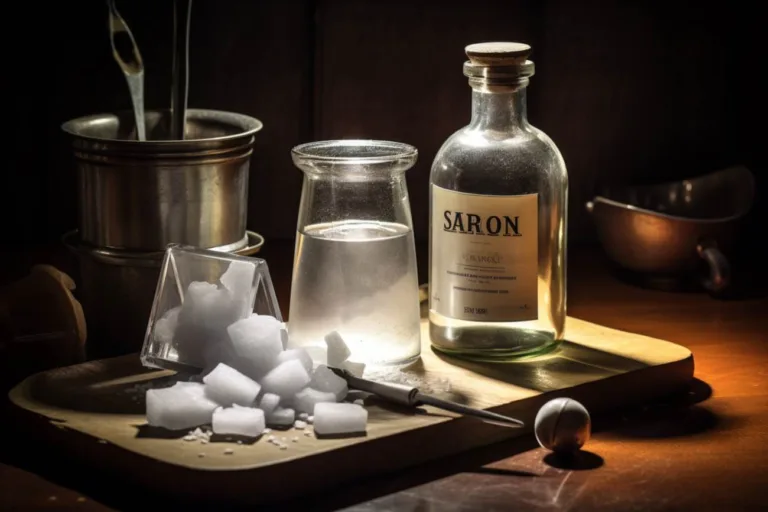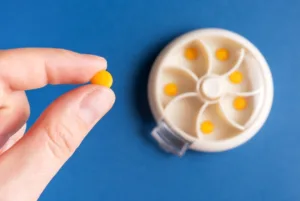Welcome to our comprehensive guide on sodium lactate, a versatile compound that finds its applications in various industries. In this article, we will explore the uses, benefits, and potential side effects of sodium lactate, shedding light on its significance in both the food and pharmaceutical sectors.
What Is Sodium Lactate?
Sodium lactate, chemically known as C3H5NaO3, is the sodium salt of lactic acid. It is a colorless, odorless, and slightly viscous liquid with a mild saline taste. Sodium lactate is a natural compound that can be found in small quantities in various food items, such as fermented products like yogurt and sauerkraut. It is also produced synthetically on a larger scale for its numerous applications.
Applications of sodium lactate
Sodium lactate has a wide range of applications across different industries:
1. Food Industry
In the food industry, sodium lactate serves as a multifunctional ingredient:
- **Preservative:** Sodium lactate acts as a preservative, helping to extend the shelf life of various food products, including meat, poultry, and seafood.
- **Flavor Enhancer:** It enhances the flavor of processed foods and helps maintain the desired taste profile.
- **Texture Modifier:** Sodium lactate can improve the texture and moisture content of baked goods, making them fresher and more palatable.
2. Pharmaceuticals
Sodium lactate is used in the pharmaceutical industry for its buffering properties, helping to maintain the pH of certain medications and intravenous solutions. It is also utilized in hemodialysis solutions to balance electrolytes in patients with kidney problems.
3. Cosmetics
In cosmetics and personal care products, sodium lactate is included in formulations like lotions and creams for its moisturizing and humectant properties, which help to retain skin moisture and prevent dryness.
4. Industrial Processes
Sodium lactate finds applications in various industrial processes, such as leather tanning and metalworking, where it can serve as a corrosion inhibitor.
Benefits of sodium lactate
There are several benefits associated with the use of sodium lactate:
- **Safety:** Sodium lactate is generally recognized as safe (GRAS) by the U.S. Food and Drug Administration (FDA) when used in accordance with good manufacturing practices.
- **Extended Shelf Life:** Its preservative properties help prolong the freshness of food products, reducing waste.
- **Texture Improvement:** In baking, it can enhance the texture of bread and pastries, making them softer and more appealing.
- **Moisturization:** In cosmetics, sodium lactate helps to moisturize and hydrate the skin, leaving it feeling soft and supple.
Potential side effects
While sodium lactate is generally safe for consumption and use, excessive intake can lead to elevated sodium levels in the body, which may pose health risks for individuals with hypertension or heart conditions. It is essential to use sodium lactate in moderation and follow recommended guidelines in food and cosmetic applications.
Q1: Is sodium lactate safe to consume?
A1: Yes, sodium lactate is generally recognized as safe (GRAS) when used in accordance with FDA guidelines. However, excessive intake should be avoided, especially by individuals with certain medical conditions.
Q2: Can sodium lactate be used in skincare products?
A2: Absolutely. Sodium lactate is a common ingredient in cosmetics and skincare products due to its moisturizing properties, helping to keep the skin hydrated.
Q3: What are the primary functions of sodium lactate in the food industry?
A3: Sodium lactate serves as a preservative, flavor enhancer, and texture modifier in the food industry. It extends shelf life, improves taste, and enhances the texture of various food products.
As you can see, sodium lactate plays a crucial role in several industries, benefiting both manufacturers and consumers. When used responsibly, it offers various advantages while ensuring product safety and quality.
Zobacz także:






